David Bowie’s Feud With Glam Rocker Marc Bolan of T-Rex

David Bowie is a man who needs no introduction, but let’s give him one, anyway. One of the most famous musicians of all time, Bowie had a decades-spanning career that involved bringing glam rock to the mainstream, topping the Billboard charts in both the ’70s and the ’80s, and appearing in movies ranging from the arty vampire flick The Hunger to children’s classic Labyrinth. Oh, and while he was at it, he invented the now-commonplace idea that pop stars should regularly change their images, sounds and personas.
T-Rex’s Marc Bolan … well, he probably does need an introduction, unless you’re a diehard fan of glam rock or British music history. He’s often credited with jump-starting the glam movement, and his band’s UK chart-topping singles like “20th Century Boy,” “Bang a Gong (Get It On),” and “Telegram Sam” remain part of the glam rock canon. But truly, there’s no comparison between the two singers.
However, before Bowie shot to superstardom with 1972’s era-defining The Rise and Fall of Ziggy Stardust and the Spiders from Mars, things were a bit different. The two men, who first met as teenagers in the mid-’60s, were the very definition of “frenemies,” alternately pulling each other up and putting each other down with great regularity until Bolan’s untimely death in 1977. Sometimes rivals, sometimes buddies and collaborators, their sense of competition probably changed rock music as we know it.
When Bolan Was The Star
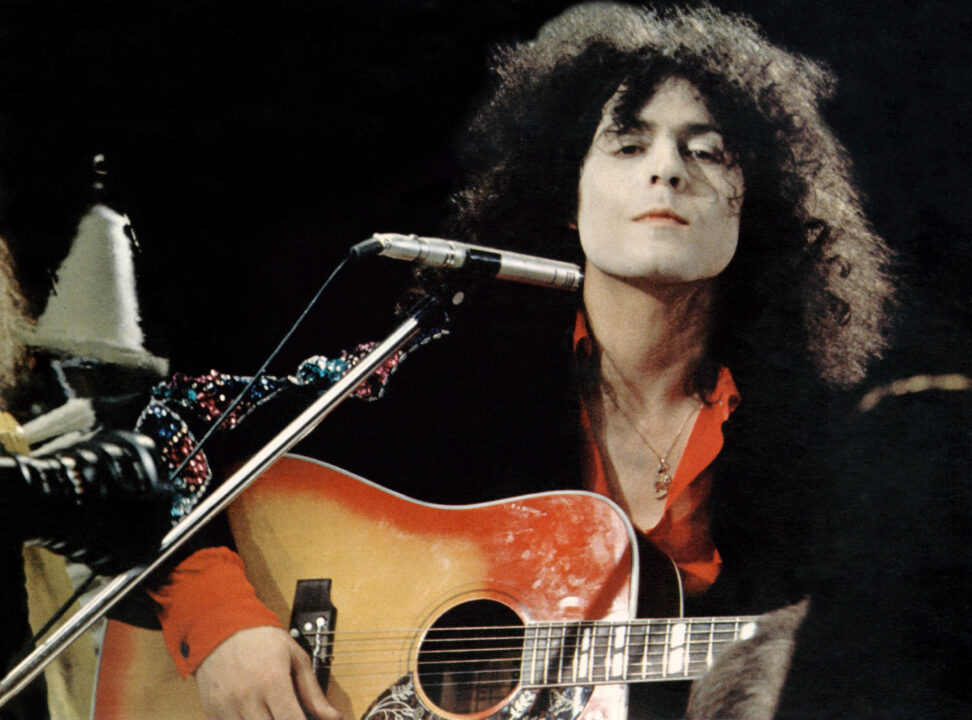
BORN TO BOOGIE, Marc Bolan, 1972
Bowie and Marc Bolan met as teens, during the mod era of the ’60s; supposedly, Bolan introduced himself by the name “Kid Mod” and went on to tell Bowie, “Your shoes are crap.” As the two developed their parallel music careers, Bolan saw success first. His band, which was then called Tyrannosaurus Rex, achieved some popularity as a hippie folk rock duo, and had two albums hit the top 20 on the UK charts. Hitting the road, Bolan hired his old buddy Bowie as an opening act … not as a musician, but as a mime. Bowie was booed every night — a circumstance that Tony Visconti, who produced both singers, said gave Bolan “great sadistic delight.” Bolan, Visconti recalled, “was quite cruel about David’s as-yet-unproven musical career.”
Bowie, meanwhile, struggled. By 1969, he had been in a number of bands and released a number of singles (including the truly bizarre 1967 single “The Laughing Gnome“), without any real success. Later in 1969, he released “Space Oddity,” a song that uses space travel as a metaphor for alienation — but was released as part of the publicity around the non-metaphorical launch of Apollo 11 into space that July. The song hit the UK top five, proving that Bowie was Bolan’s equal … until the Space Oddity album failed.
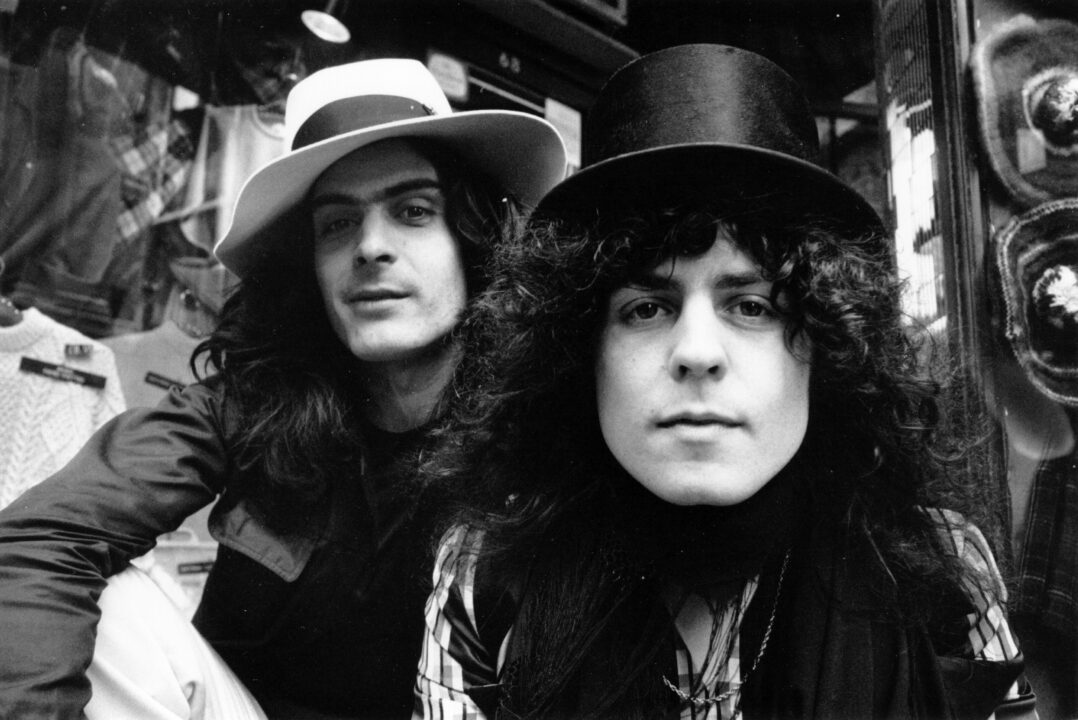
Evening Standard/Getty Images
Bolan helped out by playing guitar on the 1970 Bowie single “The Prettiest Star,” which failed to go anywhere — and during the recording process, Bolan’s wife June told Bowie that he “wasn’t good enough” to play music alongside her husband.
Bowie’s next two albums (the now-classic The Man Who Sold the World and Hunky Dory) also failed. It was back to the drawing board.
In 1970, Bolan went electric, and ignited the glam rock era with his song, “Ride a White Swan.” This period, which produced 1971’s Electric Warrior and 1972’s Slider, is when most T-Rex songs that casual listeners are familiar with were created, including “Bang a Gong (Get It On),” “Children of the Revolution,” and “Telegram Sam.” And after appearing on Top of the Pops with makeup and glitter on his face, Bolan basically created glam rock fashion.
This run of success had the side effect of making Bolan even more of a jerk about his childhood friend. “I don’t consider David to be even remotely near big enough to give me any competition,” Bolan said in a 1973 interview with Cameron Crowe. “He just doesn’t have that sort of quality. I do. I always have. Rod Stewart has it in his own mad way. Elton John has it. Mick Jagger has it. Michael Jackson has it. David Bowie doesn’t, I’m sorry to say.”
When Bowie Became the Star
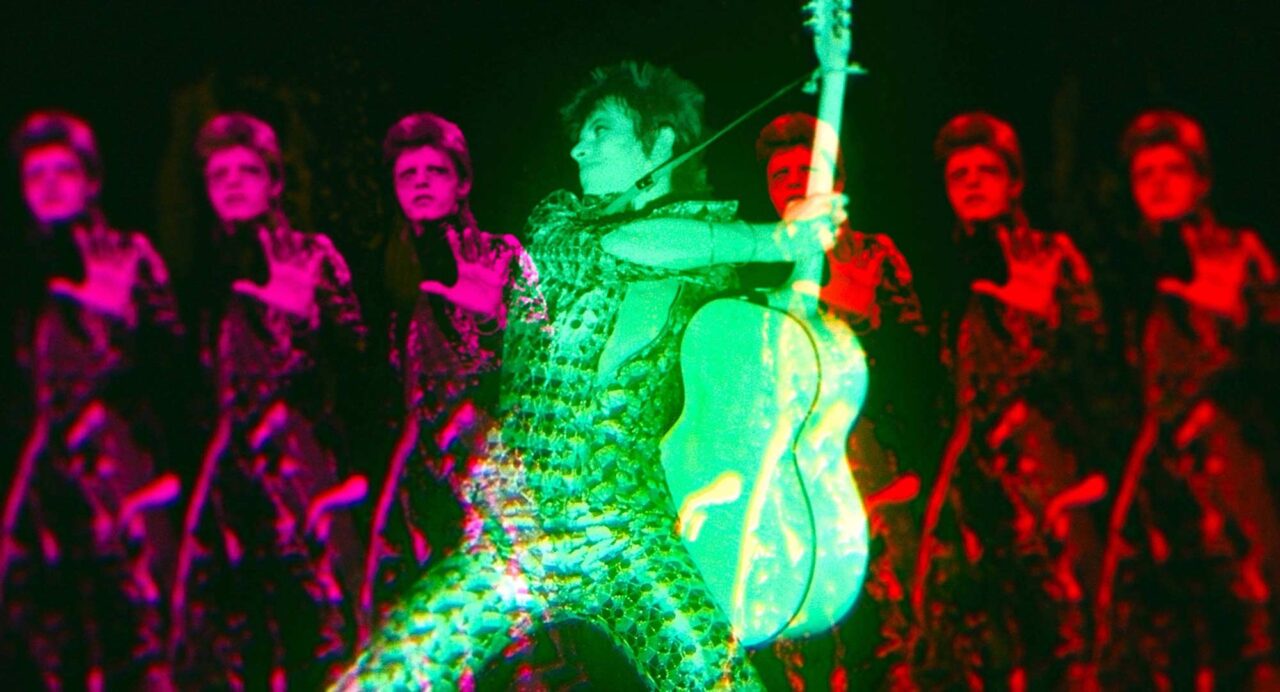
And those were, as they say, famous last words. Because Bowie had emerged from his string of professional failures with a new bright red hairdo and a batch of songs that took the glam sound Bolan had popularized in the UK and turned it into an international phenomenon. In June of 1972, Bowie released The Rise and Fall of Ziggy Stardust and the Spiders from Mars, and while it was not instantly a critical success, it hit the top five on the UK charts, something no Bowie album had done before. One of the album’s tracks, “Lady Stardust,” is widely considered to be about Bolan; in fact, its original demo title was “He Was Alright (A Song for Marc).” The song’s lyrics capture the love-hate feelings Bowie had for Bolan, as they describe watching a Bolan-like glam rocker play a concert.
The two were now neck-and-neck, career-wise. Bowie and Bolan both had songs on the UK charts throughout the rest of 1972. Near the beginning of the year, Bowie and his backing band commenced an 18-month tour, during which they also released Aladdin Sane; by the time it ended, Bowie was a superstar. In 1973, Bowie and Bolan both had number 3 hits on the UK charts — Bowie’s “Life on Mars” and T-Rex’s “20th Century Boy.”
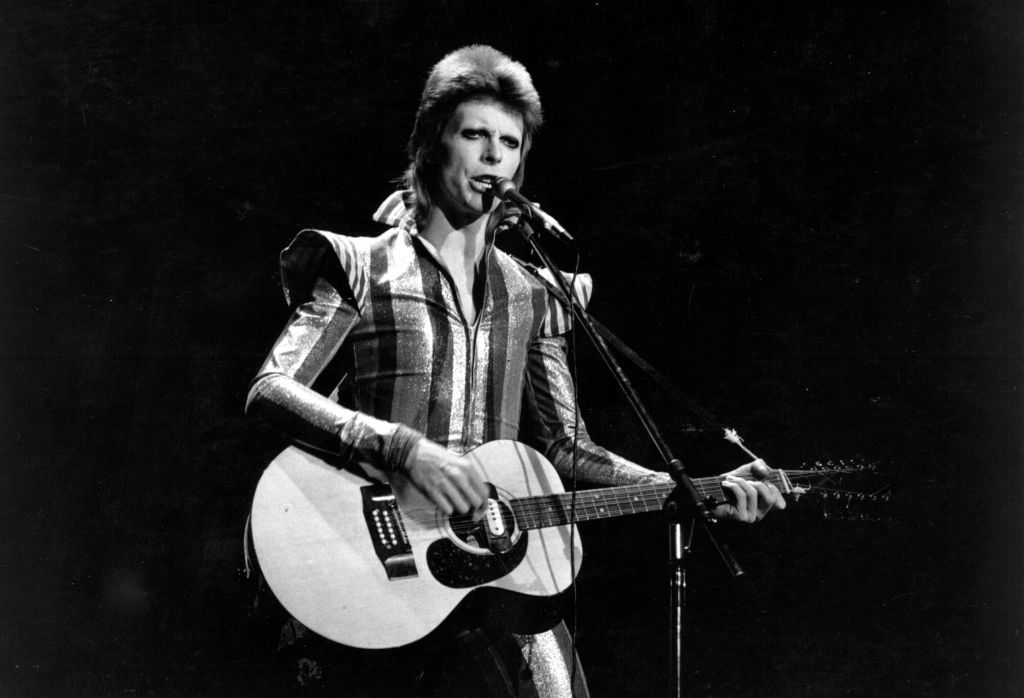
But while this was the beginning for Bowie, it was the beginning of the end for Bolan. His subsequent albums failed to produce hits, and his fan base shrunk. Issues with drugs and alcohol developed, but Bolan also simply struggled to evolve professionally. In his memoir, producer Tony Visconti recalled urging Bolan to take inspiration from Bowie and others, and try something new — a suggestion that Bolan bristled at:
“I tried to encourage Marc to take some time off and rethink the whole thing. My suggestion was met with one of Marc’s determined statements: ‘Tony, we have to make one more album for the kids.’ For me it revealed that Marc had gotten out of touch, and was removed from his fans. Those kids were growing up and growing out of T.Rex and no one was replacing them.”
Bowie and Bolan’s Final Meeting
You may have noticed that this feud feels a bit one-sided — though Bolan sometimes delighted in publicly torturing Bowie, Bowie had nothing bad to say about his old friend. Visconti recalled a journalist who “took Bolan to task for putting down his teenage mate David Bowie … and finished with a real jibe at Marc, [that insulting Bowie] ‘just makes him seem like a be-glittered Don Quixote loudly tilting against windmills.’”
But there is one moment in the rivalry where Bowie took a small amount of joy in Bolan’s public fumble. On September 7, 1977 — mere days before Bolan would die in a car wreck — he had Bowie as a guest on Marc, the music show for teens that he had begun hosting that year. On the show’s final episode, Bowie played “Heroes,” and the two musicians jammed over the closing credits. As Bowie begins to sing, Bolan takes a wrong step and falls off the stage, dragging his microphone stand behind him. The episode’s final shot is Bowie’s enormous, delighted grin.
Bowie was reportedly badly broken up about Bolan’s death on September 16, 1977, and provided financially for Bolan’s son, Rolan, until he was old enough to come into his inheritance. But even his final tribute had a bit of their old dynamic: he said of the 5’5” Bolan, “The only tribute I can give Marc is that he was the greatest little giant in the world.”
Despite their clashes, the two cared for each other. According to publicist Keith Altham, who had worked with both men, “There was always a certain rivalry. But they were very close. They had what they had between them, they didn’t have to prove it to anybody else. There was a real love there. They were very similar, in so many ways. They could have been brothers.”
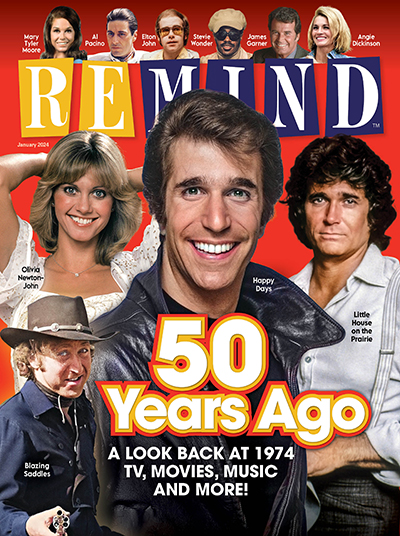
1974 (50 Years Ago)
January 2024
In this time capsule issue of ReMIND Magazine we look back 50 years ago to 1974!
Buy This Issue
